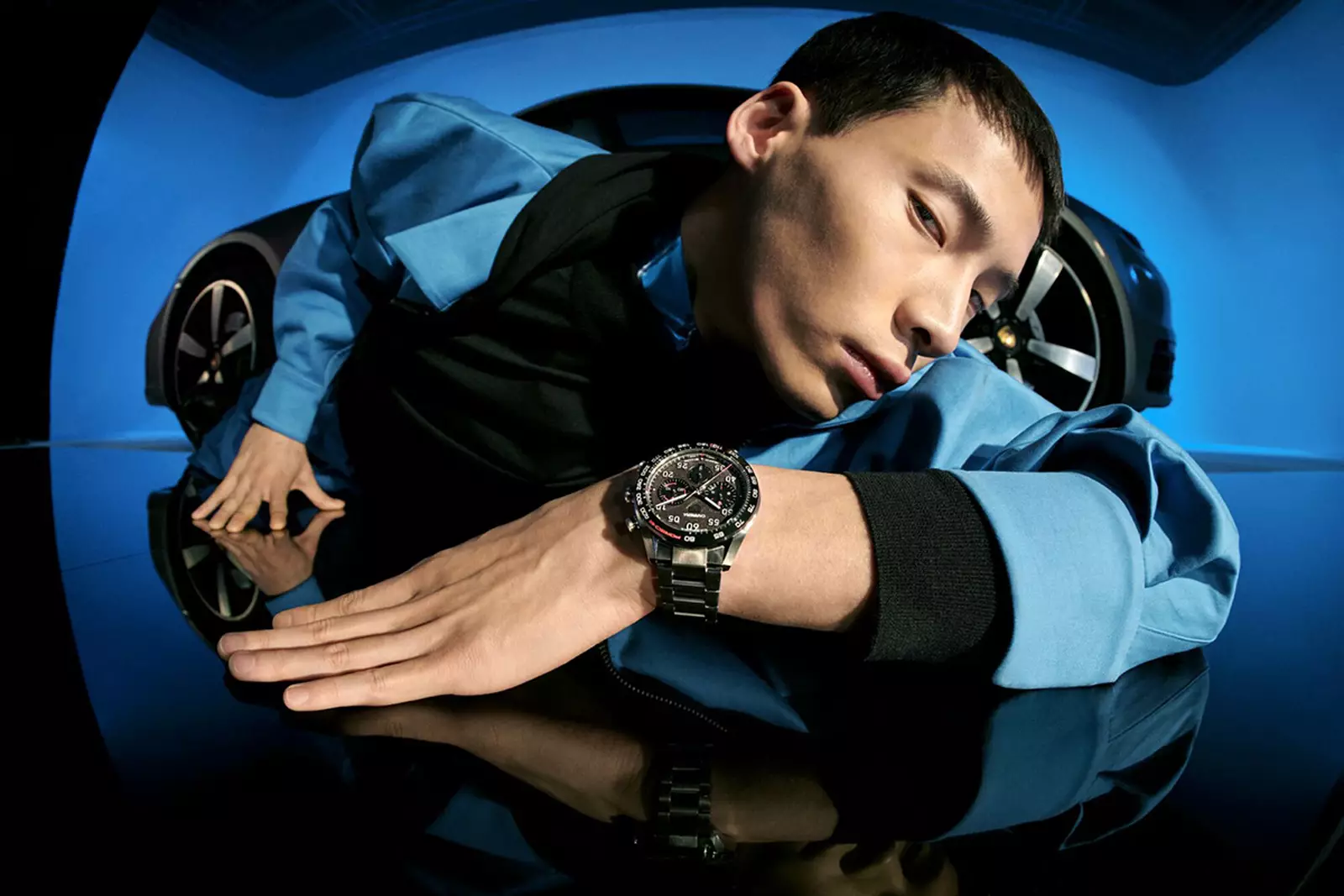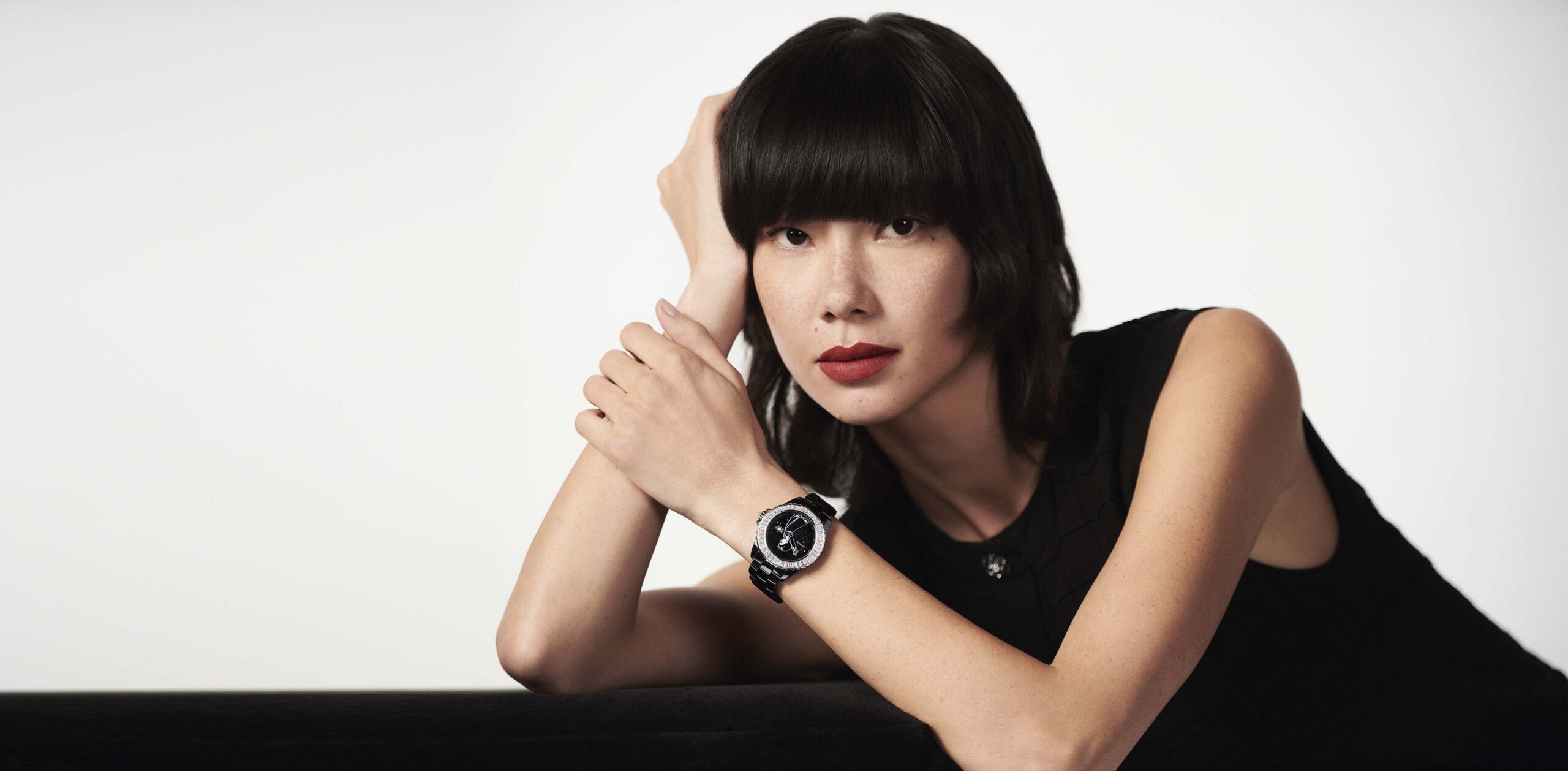The comeback of the luxury watch
For a long time, it was believed that luxury watches were mainly popular among older generations, perhaps due to their greater financial stability and the vintage appeal of such timepieces. However, it is the younger generations that have emerged as the primary enthusiasts of luxury watches. Contrary to popular belief, sources like Statista indicate that individuals aged 18-39 made more luxury watch purchases than those aged 40 and above in the past year.
The increasing popularity of luxury mechanical watches can be attributed to the younger generations, who value simplicity, personalisation, and transparency from the brands they choose to invest in. This has caused watch manufacturers to recognise the need to understand why the new audience is interested in high-end watches.
A MODERN INTERPRETATION OF LUXURY
Luxury watches have long been synonymous with success and status, but the generations such as millennials and Gen Z are increasingly drawn to these timepieces for reasons beyond their opulence. This shift in perspective highlights the appeal of simplicity and nostalgia, as well as the importance of authenticity and brand storytelling to attract a younger audience.

NOSTALGIA
A luxury watch is still considered an iconic status symbol, but unlike their parents and grandparents before them, millennials and Gen Z are attracted to different aspects of owning a luxury watch. One of these reasons is simplicity, a nostalgic nod to a time when you could check the time without being bombarded by digital notifications. According to a Deloitte report published in late 2022, 23% of individuals from Gen Z choose to wear a conventional watch instead of a smartwatch, while 33% of them claim that possessing a watch has become increasingly significant in recent years.
INTEGRITY
George Ciz, Chief Marketing Officer at TAG Heuer, believes that appealing to the younger generation requires more than just using a celebrity as the face of the brand. He notes that the new generation values authenticity, knowledge, and storytelling, and they want to be involved and engaged with the brand. Vincent Montalescot, Chief Marketing Officer at Montblanc, shares a similar perspective and emphasises the importance of being authentic and true to yourself. This generation can easily detect insincerity and will quickly lose interest. Therefore, being genuine is key to building a connection with the younger audience.
EXCLUSIVITY
The younger generations seek exclusivity and prestige, preferring unique products that are not mass-produced. Limited edition watches have become increasingly popular among this demographic, as they want to feel like they belong to an exclusive group that has access to something special. Luxury watch brands have responded to this trend by releasing special editions of their timepieces, with Patek Philippe and Rolex being prime examples. Gen Y consumers are also willing to pay more for high-quality watches from trusted brands, preferring quality over quantity. The growing market for pre-owned watches is a testament to this trend.

THE POPULARITY OF SECOND-HAND WATCHES
Nowadays, there is a significant demand for purchasing used watches, which is propelled by the younger generations. They are interested in purchasing luxurious products, but at the same time, they are conscious of their finances and sustainability. Deloitte’s study on the future of Swiss watchmaking suggests that the current value of the used watch market is around 20 billion Swiss Francs, and it has the potential to be worth 50% more by 2030.
Younger consumers are buying used watches for two main reasons: their lower prices than brand-new ones and the search for models that are no longer available. Furthermore, extended waiting lists for new models, particularly from well-known brands such as Rolex and Patek Philippe, are forcing customers to look for older models. The second-hand watch market, which used to be the domain of collectors and auction houses, is now attracting a new generation of consumers, thanks to the proliferation of websites that sell certified watches.
Luxury watchmakers are also optimistic about this trend of growth. The Deloitte study revealed that 70% of the interviewed executives from the watch industry believed that used watches have a positive effect on their brands’ reputation. The study also predicts that the expansion of the pre-owned market will be propelled by watch brands that collaborate with reputable websites selling certified pre-owned models or introduce their own e-commerce platforms to capture a portion of the market.

IN SUMMARY
The luxury watch industry is experiencing a shift in perspective as younger generations increasingly become the primary enthusiasts of these timepieces. The appeal of simplicity, nostalgia, authenticity, brand storytelling, and exclusivity are some of the reasons why luxury mechanical watches have become popular among millennials and Gen Z. Furthermore, the growing market for pre-owned watches propelled by the younger generation is also contributing to the industry’s growth. Watchmakers who understand these trends and cater to the needs of the younger audience by offering personalised and authentic experiences are likely to thrive in this market. It is evident that the modern interpretation of luxury is changing, and luxury watchmakers who can adapt and innovate are well-positioned for a successful future.
Image Source & Credits
- Chanel
- Gucci
- Cartier
- TAG Heuer
